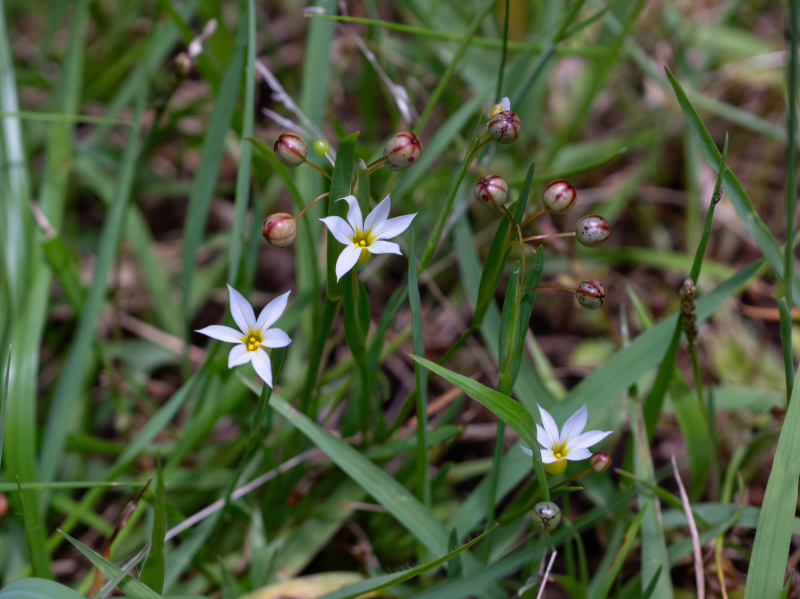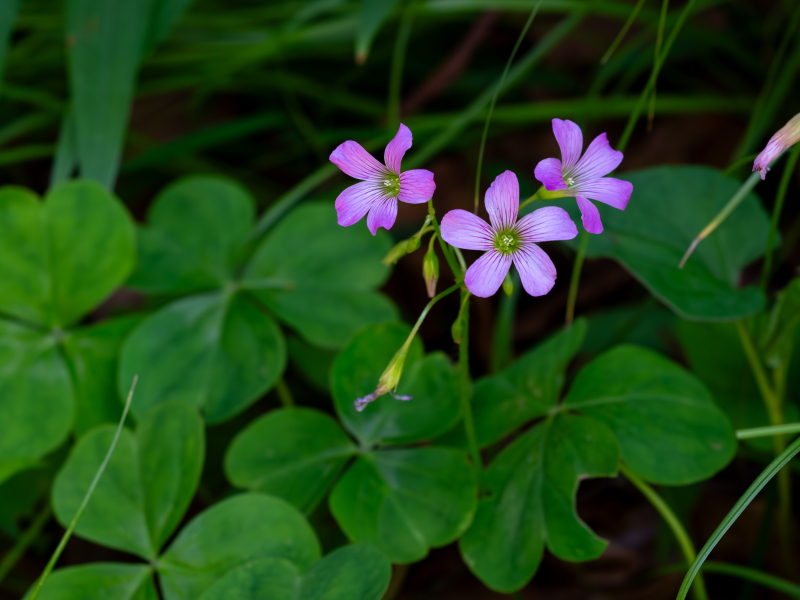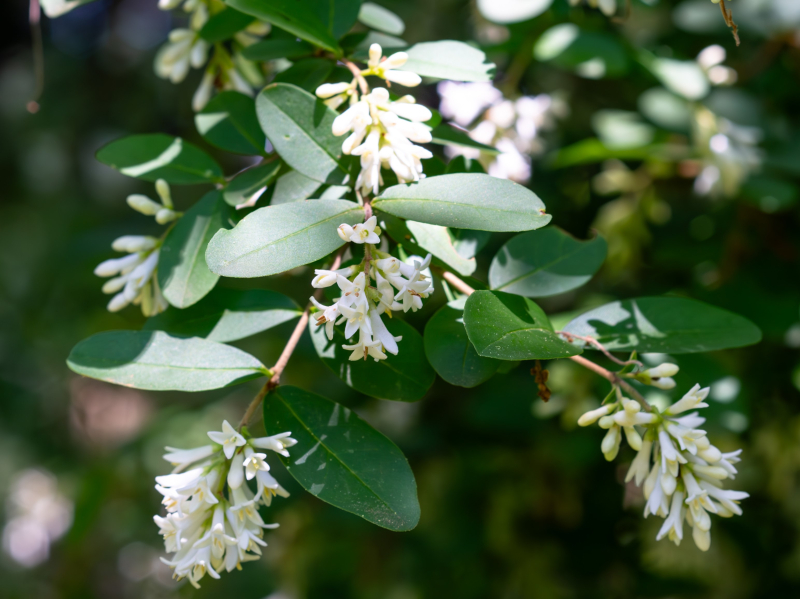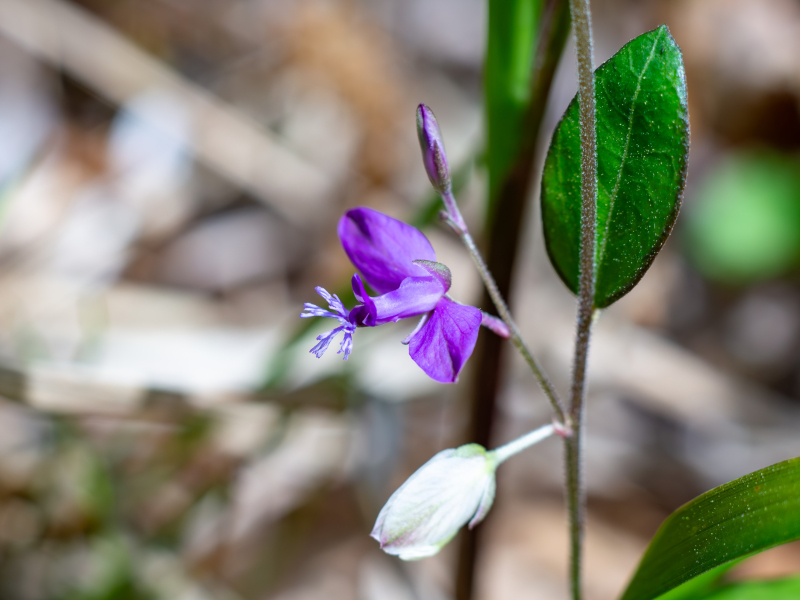フィールド日記
2024.06.04
セッカニワゼキショウ
セッカニワゼキショウが咲いています。ニワゼキショウは北アメリカ原産の帰化植物で、よく芝生の中に混ざって咲いています。写真のように純白色の花を咲かせるものを特にセッカニワゼキショウと呼ぶことがあります。和名のセッカは雪花を意味し、雪の結晶のように見える純白色の花に由来します。

"Sekka-Niwazekishou (セッカニワゼキショウ)" plants are in bloom. "Niwazekishou (ニワゼキショウ)" plants originally came from North America and often grow in lawns. The ones that bloom white flowers seen in the photo are especially called "Sekka-Niwazekishou." "Sekka (セッカ)" means "snow flower" and comes from the fact that the flower looks like a snowflake.
2024.05.31
ムラサキカタバミ
ムラサキカタバミが咲いています。南アメリカ原産の帰化植物で、観賞用に育てられていたものが野生化したと言われています。カタバミの仲間は花がきれいで、育てやすく、属名のオキザリスという名前で様々な品種が園芸店で売られています。しかし、その強い繁殖力のために雑草化しているものもあるようです。

2024.05.28
ガマズミ
ガマズミが咲いています。丘陵から山地によく見られる落葉低木です。白い花を密につけ、多くの昆虫が集まっています。秋に熟す赤い実は食用になります。

"Gamazumi (ガマズミ)" trees are in bloom. They are deciduous low trees that often grow in hills and mountains. They densely bloom many small white flowers and attract many insects. Their red fruits that ripen in fall are edible.
2024.05.24
イボタノキ
イボタノキが咲いています。林縁などに普通に見られる低木です。本種に寄生するイボタロウカイガラムシが分泌するロウが薬用となり、イボ取りなどに使われました。和名は「イボ取りの木」が変化したものと言われています。

2024.05.21
キュウリグサ
キュウリグサが咲いています。道端などによく見られる越年草です。花序の先のほうは巻いており、2mmほどの小さな花を咲かせながら伸びていきます。和名は、植物体をもむとキュウリのにおいがすることに由来します。

2024.05.17
ムラサキサギゴケ
ムラサキサギゴケが咲いています。水田のあぜ道などによくみられる多年草です。花は近縁種のトキワハゼに似ていますが、本種は長い走出枝をだして広がっていくことで区別することができます。めしべの先端は2つに分かれていますが、花粉がつくなどの刺激を受けると閉じることが知られています。

2024.05.14
ヨウラクラン
ヨウラクランが咲いています。着生ランの一種で、木の幹にくっついて生育しています。木から直接栄養を奪っているわけではなく、生育の場として木の幹を利用しています。花は1~2mmほどで、ラン科の中で世界最小級です。

2024.05.10
コゴメウツギ

2024.05.07
マツバウンラン
マツバウンランが咲いています。北アメリカ原産の帰化植物で、キャンパス内ではお茶畑の周りにたくさん咲いています。和名は、ウンランという植物に近い仲間で、葉が松の葉のように細いことに由来します。

"Matsuba-Unran (マツバウンラン)" plants are in bloom. They originally come from North America. On our campus, many of them grow around the tea plantation. The name comes from the fact that they are a relative species to the "Unran" plants and their leaves look like those of pine trees.
2024.05.03
ヒメハギ
ヒメハギが咲いています。明るい草地に生える多年草ですが、市街地では減少しています。不二聖心では定期的な草刈りによって草地が維持されている茶草場でよく見ることができます。花の先端に房状の付属体があるのが特徴です。


















